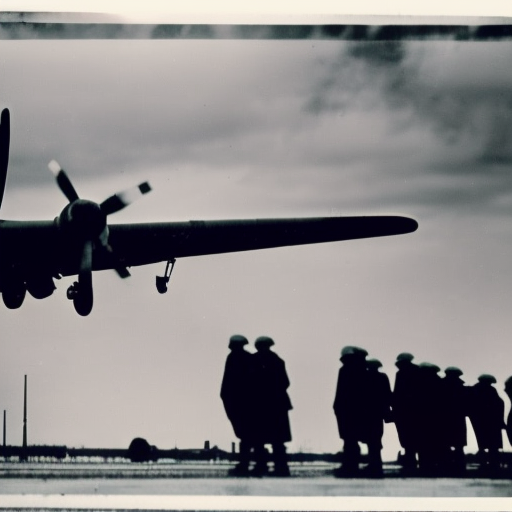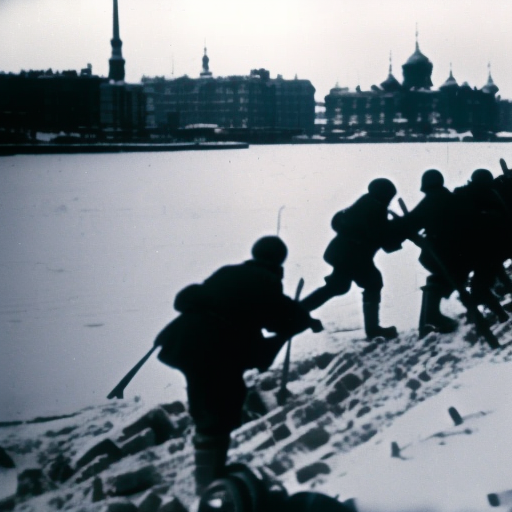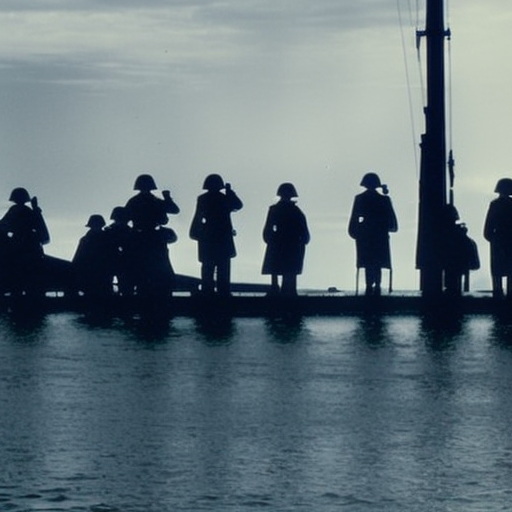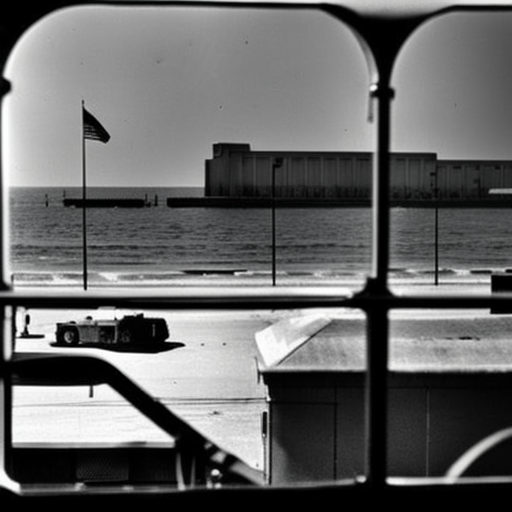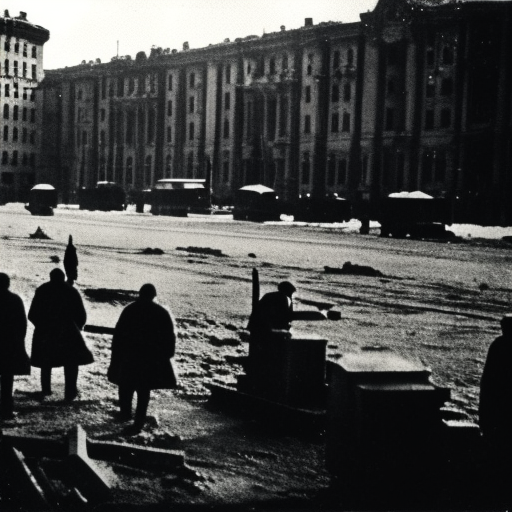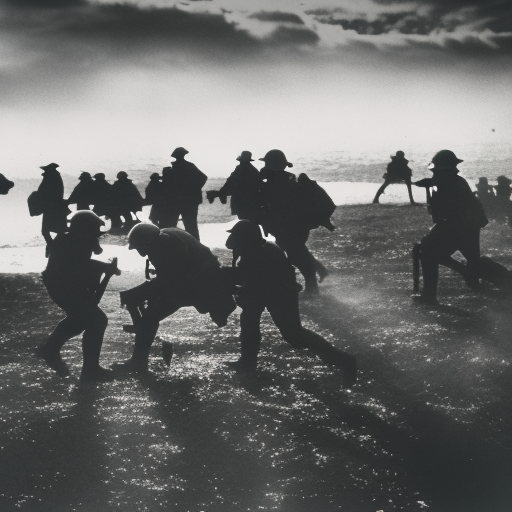The Continental System was a failed economic blockade imposed by Napoleon Bonaparte to isolate Britain and weaken its economy.
The Berlin Airlift (1948-1949) Explained
The Berlin Airlift was a massive humanitarian and logistical effort by the Western Allies to supply West Berlin during the Soviet blockade.
The Siege of Leningrad (1941-1944) Explained
The Siege of Leningrad was a devastating 872-day blockade by German forces during World War II, resulting in immense suffering and loss of life for the city’s residents.
Cuban Missile Crisis (1962) Explained
The Cuban Missile Crisis was a 13-day standoff between the United States and the Soviet Union over the placement of nuclear missiles in Cuba, bringing the world to the brink of nuclear war.
U-boat Campaign Explained
The U-boat Campaign was a German submarine warfare strategy during World War I and World War II aimed at disrupting Allied shipping.
Siege of Leiden Explained
The Siege of Leiden was a pivotal event during the Dutch Revolt in which the city of Leiden withstood a lengthy Spanish siege, leading to the eventual liberation of the Netherlands from Spanish rule.
Siege of Ostend Explained
The Siege of Ostend was a brutal and protracted conflict during the Eighty Years’ War, resulting in the longest siege in history and significant loss of life.
Cuban Missile Crisis Explained
The Cuban Missile Crisis was a 13-day confrontation in 1962 between the United States and the Soviet Union over the placement of nuclear missiles in Cuba.
Siege of Leningrad Explained
The Siege of Leningrad was a prolonged and devastating military blockade by German forces during World War II, resulting in the deaths of over one million civilians.
Battle of Plymouth Explained
The Battle of Plymouth was a significant naval engagement during the American Civil War that took place in 1864.
Siege of Paris Explained
The Siege of Paris was a major conflict during the Franco-Prussian War where the Prussian army surrounded and besieged the city of Paris for over four months.










